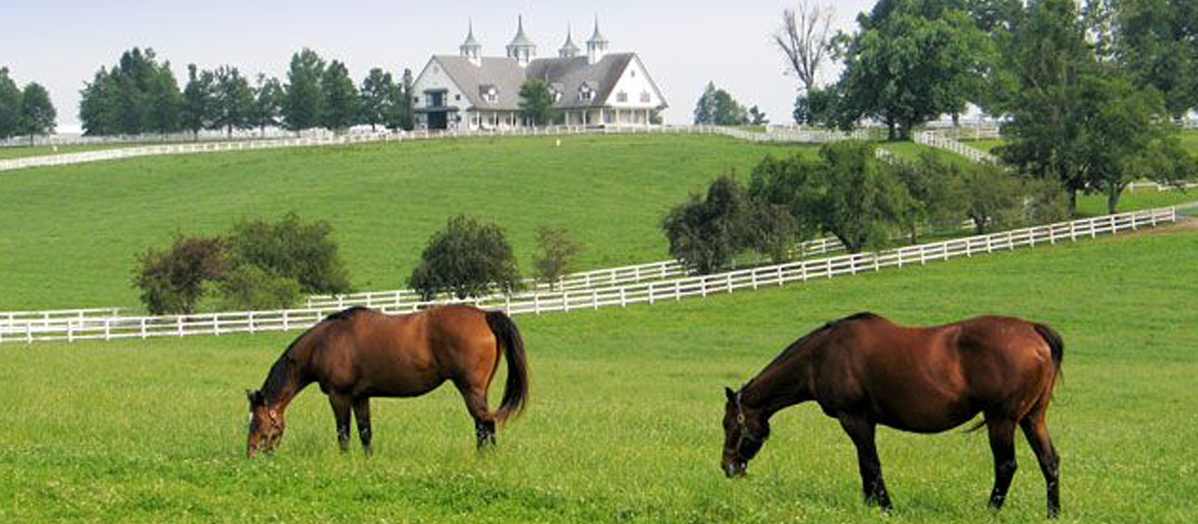365 Days in Horse Country – The Holsteiner

Monasteries have played a key role in the development of many
breeds. The Holsteiner is one such
breed. It hails from the Schleswig-Holstein
region of northern Germany where it dates to the fourteenth century. The Holsteiner was bred by local monks for
multiple purposes: first as war horses prized for their strength, courage, and
reliability, and then as heavily muscled riding horses, carriage horses, and
draft horse that could withstand the cold winter climate. In the wake of the Protestant Reformation,
breeding of the horse was taken over by private individuals and the state. When times changed, they modified the horses
as needed. For instance, Yorkshire Coach
Horses and Cleveland Bays were used to create elegant driving horses for the
nineteenth century equivalent of luxury car drivers.
When the need for carriage horses declined and then disappeared, Holsteiner aficionados modernized the breed for use as a sport horse suited to dressage, eventing, and show jumping.
They crossed with Thoroughbreds, Anglo Arabls, and Selle Francais to add refinement and jumping ability. Their success is indisputable. Holsteiners have carried Olympic riders to gold and silver medals in dressage, show jumping, and three-day eventing, and in 1976 a team of four Holsteiners won the world championship in combined driving.
The medium-framed Holsteiner has a small head with large, intelligent eyes, a strong back and lin, a well-angled shoulder, and an arched neck. It stands 16 to 17 hands and moves fluidly. Bay in colour, it has few or no white markings. The overall picture is of a horse that is elegant and expressive, renowned for a kind temperament, intelligent, and displays a willingness to work. All of these characteristics contribute to the Holsteiner’s reputation as one of the world’s best sport horses, capable of performing equally well in dressage, driving, and show jumping.
Michael







